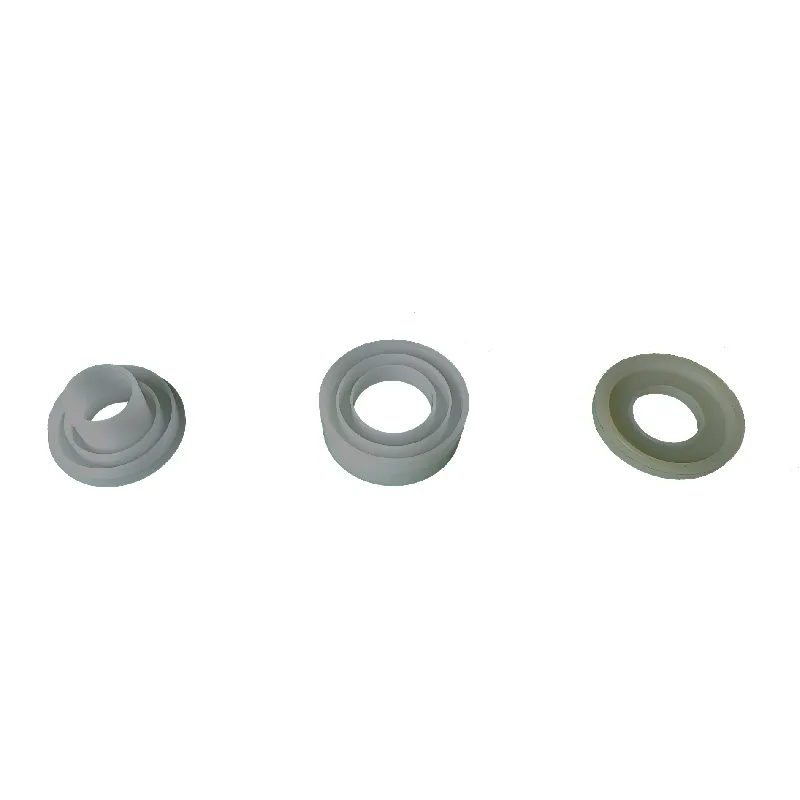 Afrikaans
Afrikaans  Albanian
Albanian  Amharic
Amharic  Arabic
Arabic  Armenian
Armenian  Azerbaijani
Azerbaijani  Basque
Basque  Belarusian
Belarusian  Bengali
Bengali  Bosnian
Bosnian  Bulgarian
Bulgarian  Catalan
Catalan  Cebuano
Cebuano  Corsican
Corsican  Croatian
Croatian  Czech
Czech  Danish
Danish  Dutch
Dutch  English
English  Esperanto
Esperanto  Estonian
Estonian  Finnish
Finnish  French
French  Frisian
Frisian  Galician
Galician  Georgian
Georgian  German
German  Greek
Greek  Gujarati
Gujarati  Haitian Creole
Haitian Creole  hausa
hausa  hawaiian
hawaiian  Hebrew
Hebrew  Hindi
Hindi  Miao
Miao  Hungarian
Hungarian  Icelandic
Icelandic  igbo
igbo  Indonesian
Indonesian  irish
irish  Italian
Italian  Japanese
Japanese  Javanese
Javanese  Kannada
Kannada  kazakh
kazakh  Khmer
Khmer  Rwandese
Rwandese  Korean
Korean  Kurdish
Kurdish  Kyrgyz
Kyrgyz  Lao
Lao  Latin
Latin  Latvian
Latvian  Lithuanian
Lithuanian  Luxembourgish
Luxembourgish  Macedonian
Macedonian  Malgashi
Malgashi  Malay
Malay  Malayalam
Malayalam  Maltese
Maltese  Maori
Maori  Marathi
Marathi  Mongolian
Mongolian  Myanmar
Myanmar  Nepali
Nepali  Norwegian
Norwegian  Norwegian
Norwegian  Occitan
Occitan  Pashto
Pashto  Persian
Persian  Polish
Polish  Portuguese
Portuguese  Punjabi
Punjabi  Romanian
Romanian  Russian
Russian  Samoan
Samoan  Scottish Gaelic
Scottish Gaelic  Serbian
Serbian  Sesotho
Sesotho  Shona
Shona  Sindhi
Sindhi  Sinhala
Sinhala  Slovak
Slovak  Slovenian
Slovenian  Somali
Somali  Spanish
Spanish  Sundanese
Sundanese  Swahili
Swahili  Swedish
Swedish  Tagalog
Tagalog  Tajik
Tajik  Tamil
Tamil  Tatar
Tatar  Telugu
Telugu  Thai
Thai  Turkish
Turkish  Turkmen
Turkmen  Ukrainian
Ukrainian  Urdu
Urdu  Uighur
Uighur  Uzbek
Uzbek  Vietnamese
Vietnamese  Welsh
Welsh  Bantu
Bantu  Yiddish
Yiddish  Yoruba
Yoruba  Zulu
Zulu conveyor tail drum
The Role of Conveyor Tail Drums in Material Handling
Conveyor systems are an integral part of modern industrial operations, facilitating the efficient movement of materials in various sectors such as mining, manufacturing, and logistics. At the heart of these systems lies a crucial component known as the conveyor tail drum. Understanding the function and significance of tail drums can provide insight into their contribution to overall conveyor performance.
What is a Conveyor Tail Drum?
A conveyor tail drum, often referred to as a tail pulley, is positioned at the end of a conveyor belt system
. Its primary function is to support the belt and enable its movement. The tail drum serves as the anchor point for the conveyor belt, allowing it to return to its starting position after transporting materials. Unlike the head drum, which drives the belt forward, the tail drum plays a passive yet critical role in maintaining belt tension and alignment.Importance of Tail Drums
1. Belt Tension Management One of the essential functions of the conveyor tail drum is to maintain the correct tension in the conveyor belt. Proper tension is vital to ensure the belt runs smoothly and effectively without slipping or misaligning. If the tension is too loose, it can lead to increased wear and tear, while excessive tension may cause undue stress on the system.
conveyor tail drum

2. Belt Tracking Tail drums help guide the conveyor belt, ensuring it remains centered and aligned throughout its operation. This alignment is crucial in preventing the belt from drifting, which can lead to material spillage, increased wear on the edges of the belt, and even damage to the conveyor structure itself.
3. Protection from Damage The placement of the tail drum aids in protecting the overall conveyor system from potential damage. By supporting the belt at its return end, the tail drum minimizes the risk of sagging and reduces the likelihood of the belt catching on surrounding structures.
4. Facilitation of Maintenance The design and positioning of the tail drum can also simplify maintenance tasks. Technicians can access the tail end of the conveyor belt more easily, allowing for timely inspections and repairs. This is crucial for ensuring the longevity and efficiency of the conveyor system.
5. Material Handling In addition to supporting the conveyor belt, tail drums also contribute to the effective handling of materials. By facilitating the smooth return of the belt, they ensure that materials are cycled efficiently, which is critical in environments where time and accuracy are essential.
Conclusion
In conclusion, the conveyor tail drum is a vital component of material handling systems. Its role in maintaining belt tension, ensuring proper alignment, preventing damage, facilitating maintenance, and supporting efficient material transport cannot be overstated. As industries continue to seek improvements in efficiency and productivity, paying attention to the design, maintenance, and functionality of tail drums will be instrumental in optimizing conveyor systems. As a result, businesses can expect enhanced workflow, reduced downtime, and improved operational reliability, underscoring the essential role tail drums play in the broader landscape of material handling and transport.
-
Revolutionizing Conveyor Reliability with Advanced Rubber Lagging PulleysNewsJul.22,2025
-
Powering Precision and Durability with Expert Manufacturers of Conveyor ComponentsNewsJul.22,2025
-
Optimizing Conveyor Systems with Advanced Conveyor AccessoriesNewsJul.22,2025
-
Maximize Conveyor Efficiency with Quality Conveyor Idler PulleysNewsJul.22,2025
-
Future-Proof Your Conveyor System with High-Performance Polyurethane RollerNewsJul.22,2025
-
Driving Efficiency Forward with Quality Idlers and RollersNewsJul.22,2025





























